Alex Lundberg, a fossil hunter in Florida, has found an extremely well-preserved Mastodon tusk while diving off the Florida coast.
The experienced diver found the huge fossil back in April at Manasota Key, in southern Florida. The Mastodon is an ancient, excinct relative of modern-day elephants.
A Significant Find
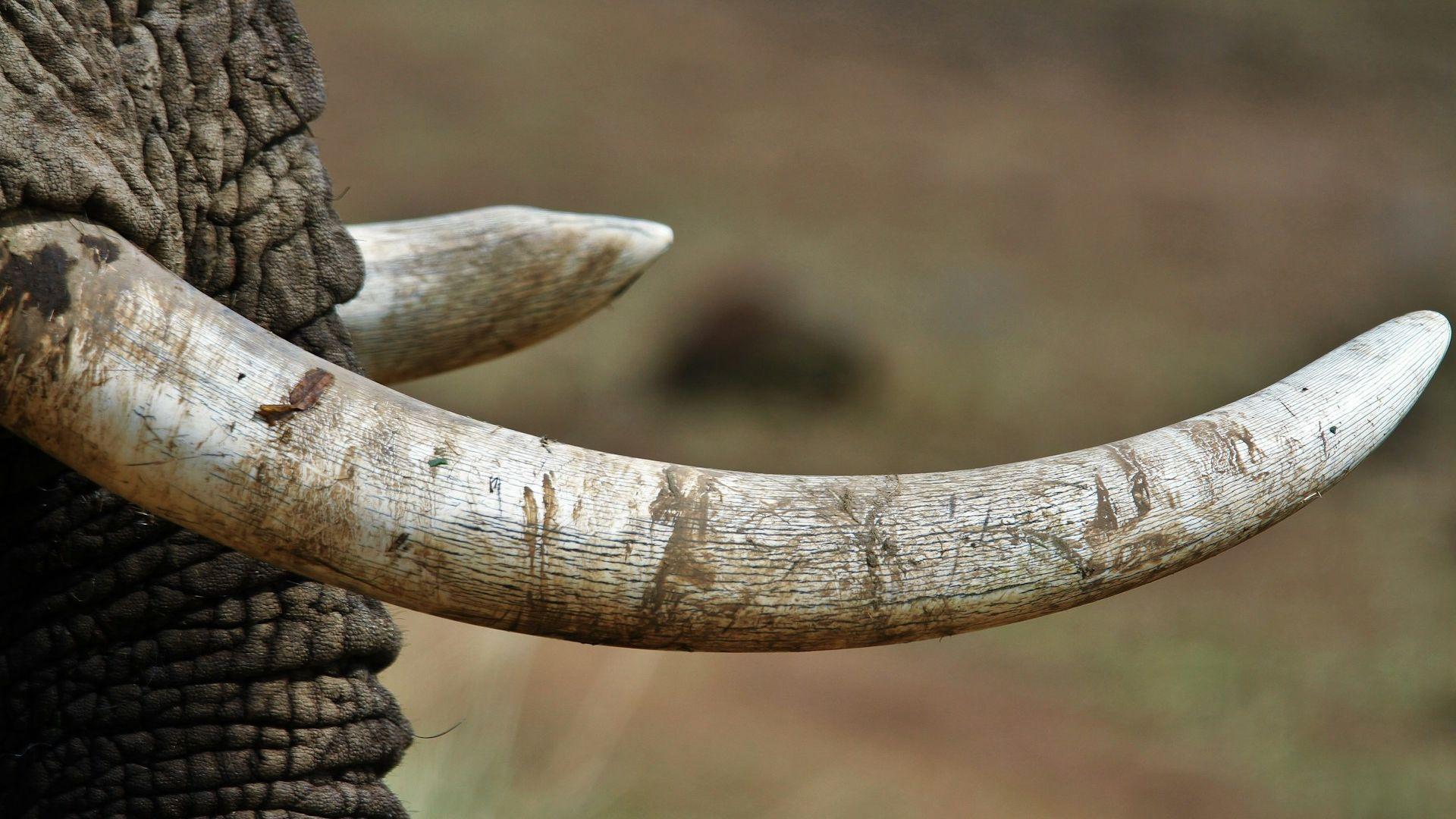
The fossil is rare not just for the animal it belonged to, but for the condition it remains in. The tusk is notable for being largely intact despite its age.
As Lundberg puts it, “Finding small pieces and chunks of tusk is common, but finding one this large and well-preserved is very rare.”
Where Was it Found?
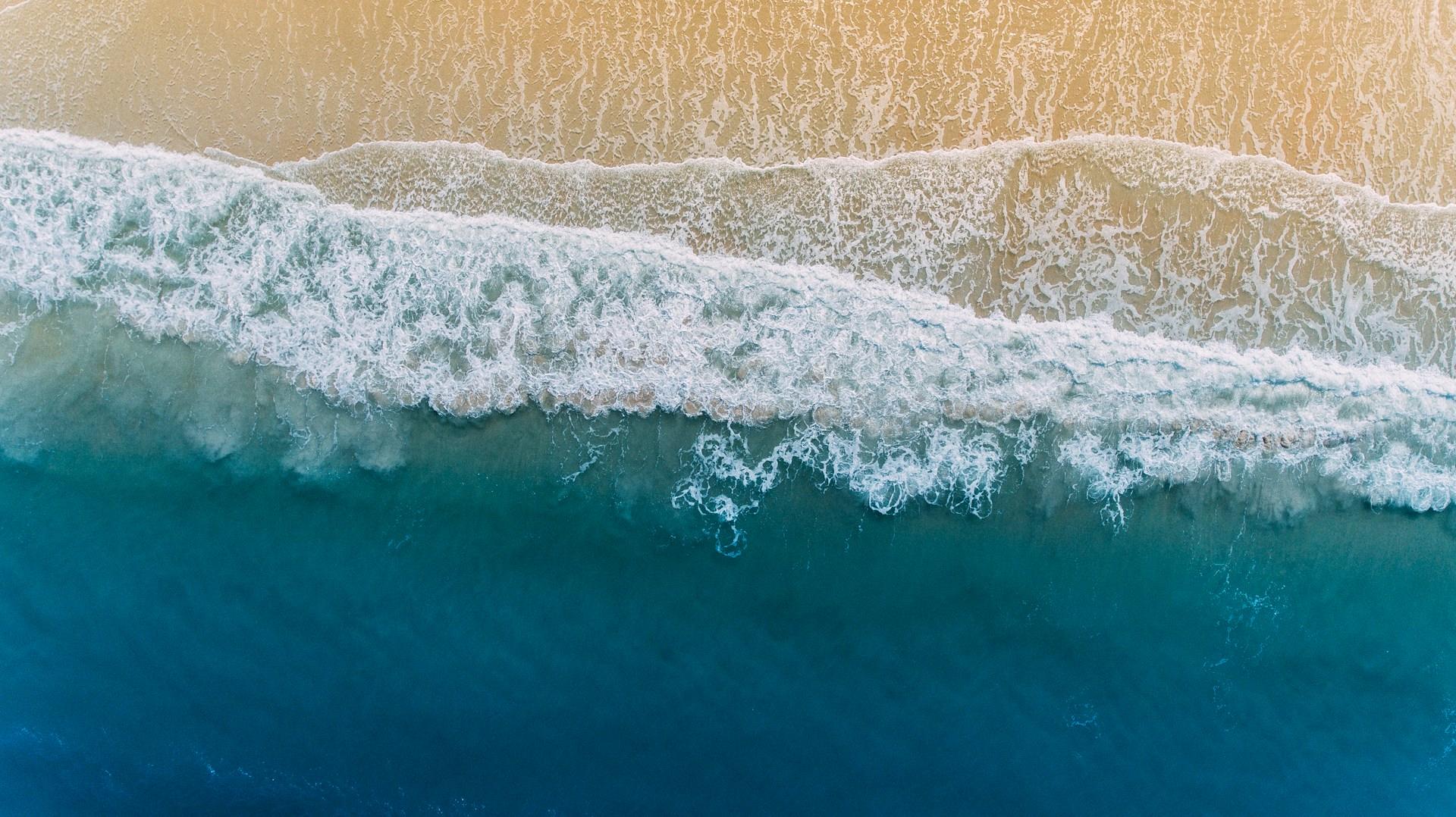
The tusk was found underwater off the coast of Manasota Key, an 11-mile long peninsula with a population of about 1500 people.
The fossils of massive creatures are regularly found across North and Central America. The Moririson Formation, a layer of sedimentary rock in North America, is known as the most fertile source of dinosaur bones in the world.
Florida is a Fossil Treasure Trove

Florida is known as one of the most abundant sources of fossils in the eastern United States.
More than 1000 species of vertebrates have lived in Florida in the past 35 million years, including long-extinct alligator species. And these are just the ones that we know of, with countless more doubtless awating discovery.
The Fossil Hunter
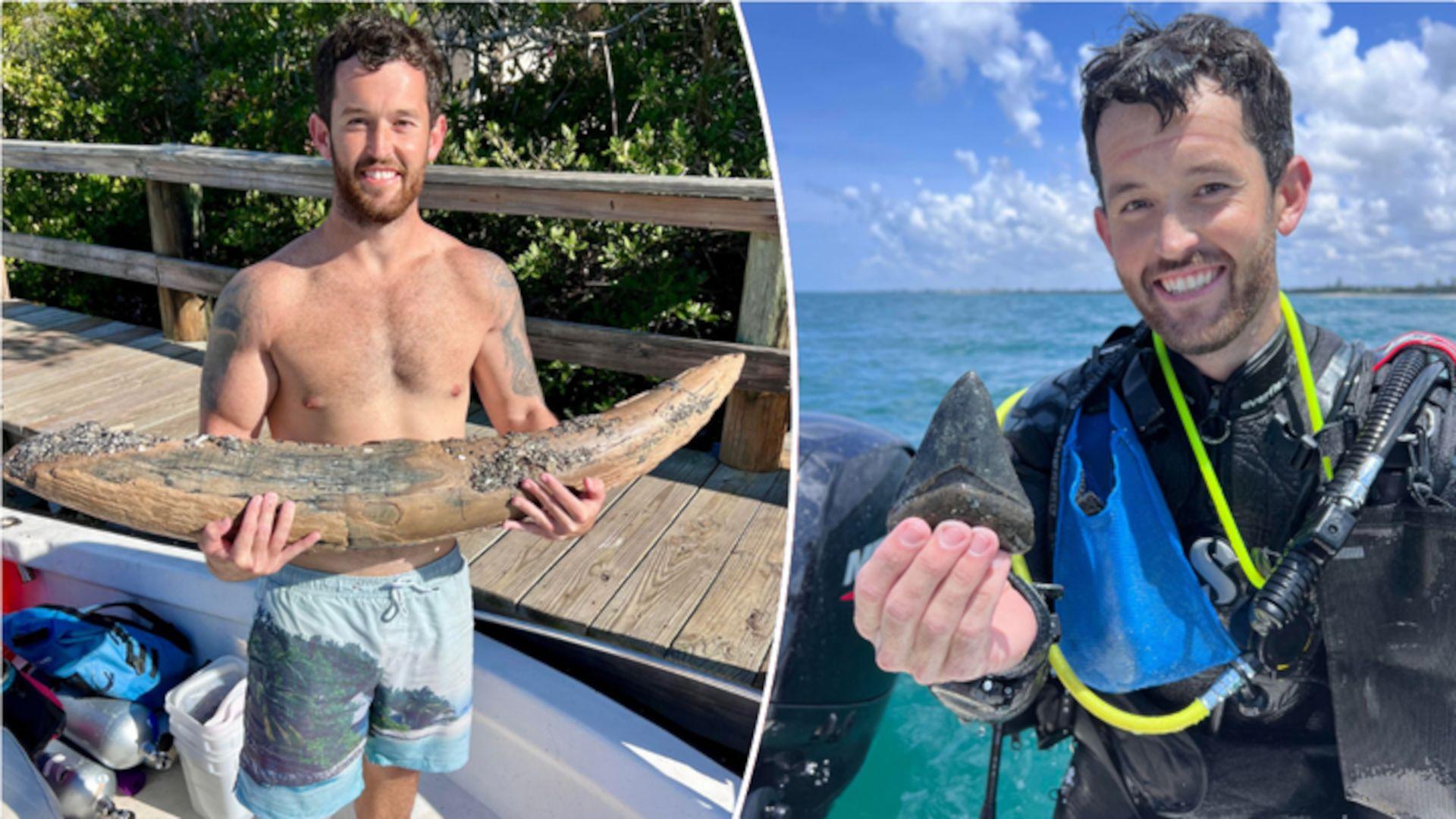
Who is Alex Lundberg, the fossil hunter who found the Mastodon tusk? Lundberg, 29, has been diving for fossils for 12 years now.
He is also a Marine Biologist, having graduated from the University of South Florida and he’s been hunting fossils since he was “old enough to walk”. He says, “My dad would take us out to construction sites all the time to look for fossils as a kid.”
What is a Mastodon?
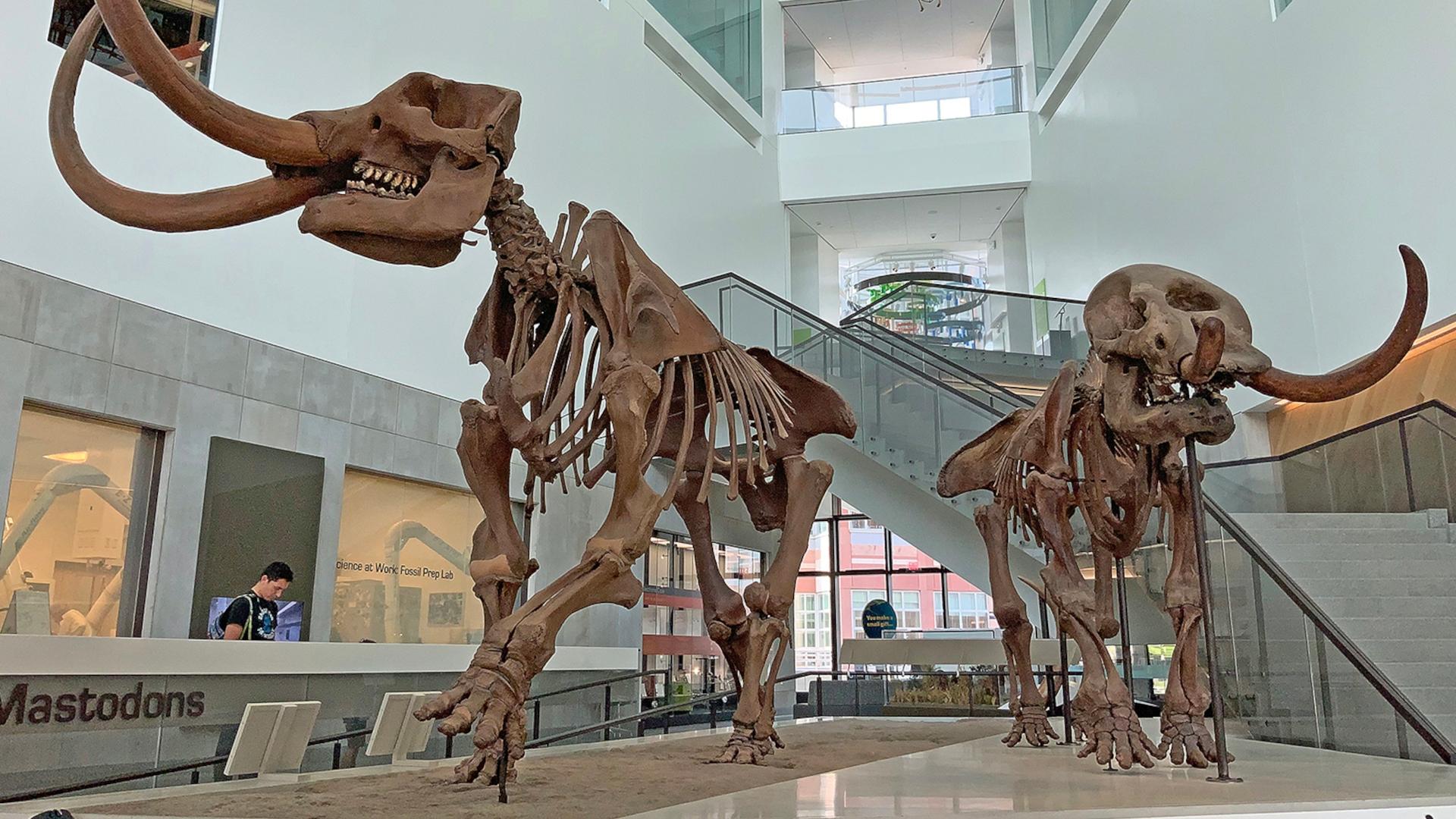
Mastodons are regularly mistaken for mammoths. They are part of the Proboscidea order, which is the same as elephants and mammoths and explains the resemblance.
They are sometimes known as the American Mastodon due to their habitat. One of their tusks was first discovered in 1705 next to the Hudson River by a Dutch immigrant to the US.
Mastodons and Humans
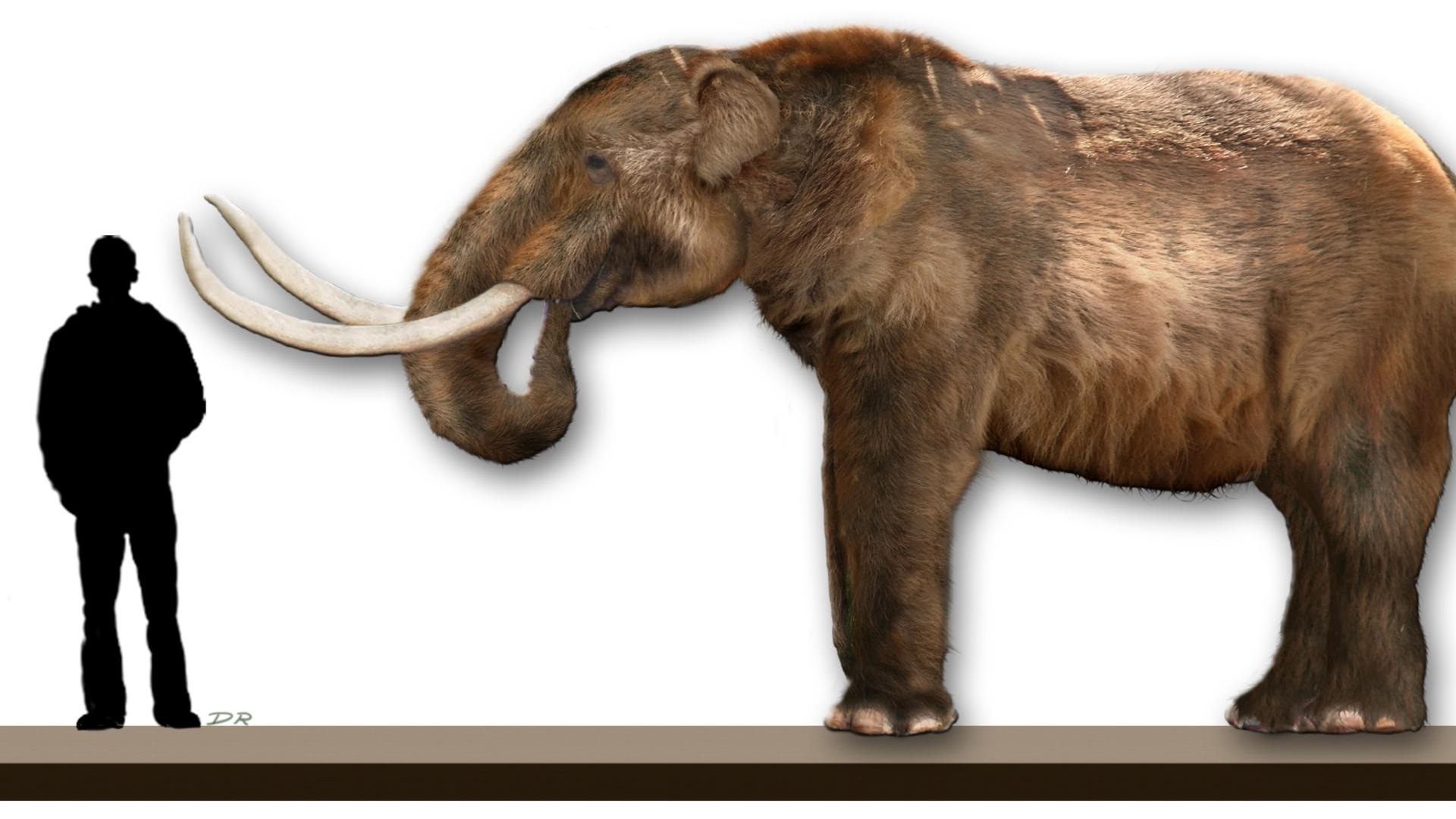
While ancient, there is reason to believe that some early humans would have seen a Mastodon in the flesh.
Mastodons may have co-existed alongside Paleoindians for thousands of years. Paleoindians were the first settlers of the Americas some 15000 years ago.
The Fossil Could Be Millions of Years Old

Although Mastodons are likely to have lived as recently as around 11000 years ago, they have been around for over 25 million years.
The fossil found by Lundberg has not yet been dated. If it is from an early Mastodon, it could be a remarkable find.
Fossil May Have to be Donated
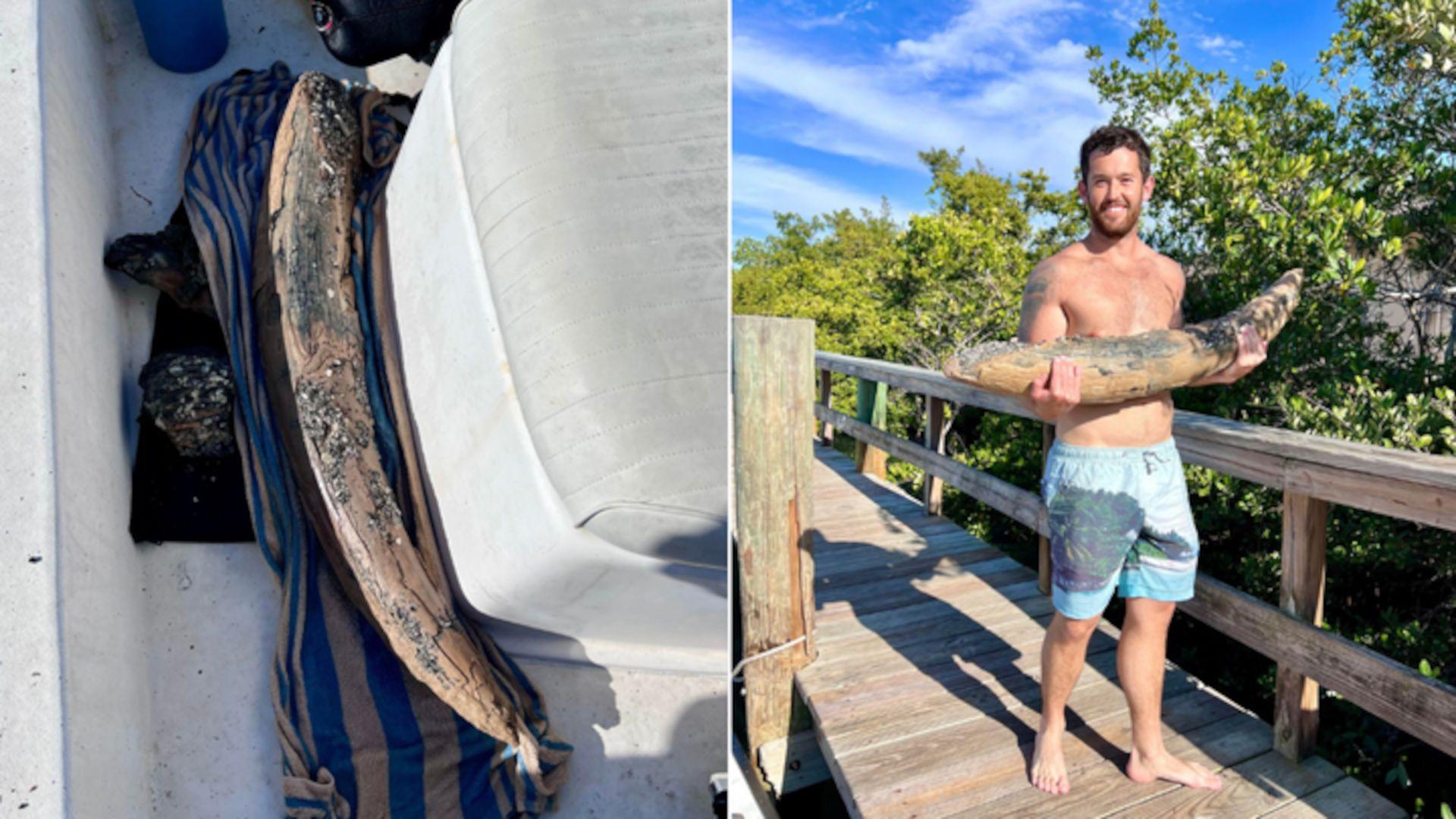
Although Lundberg intends to keep the fossil, he admits that he may have to donate the fossil.
He will have to report his finding to the Florida Museum of Natural History. If it is considered to be scienitifically significant, he will be forced to donate it.
Lundberg’s Tips for Getting Invovled in Fossil Hunting
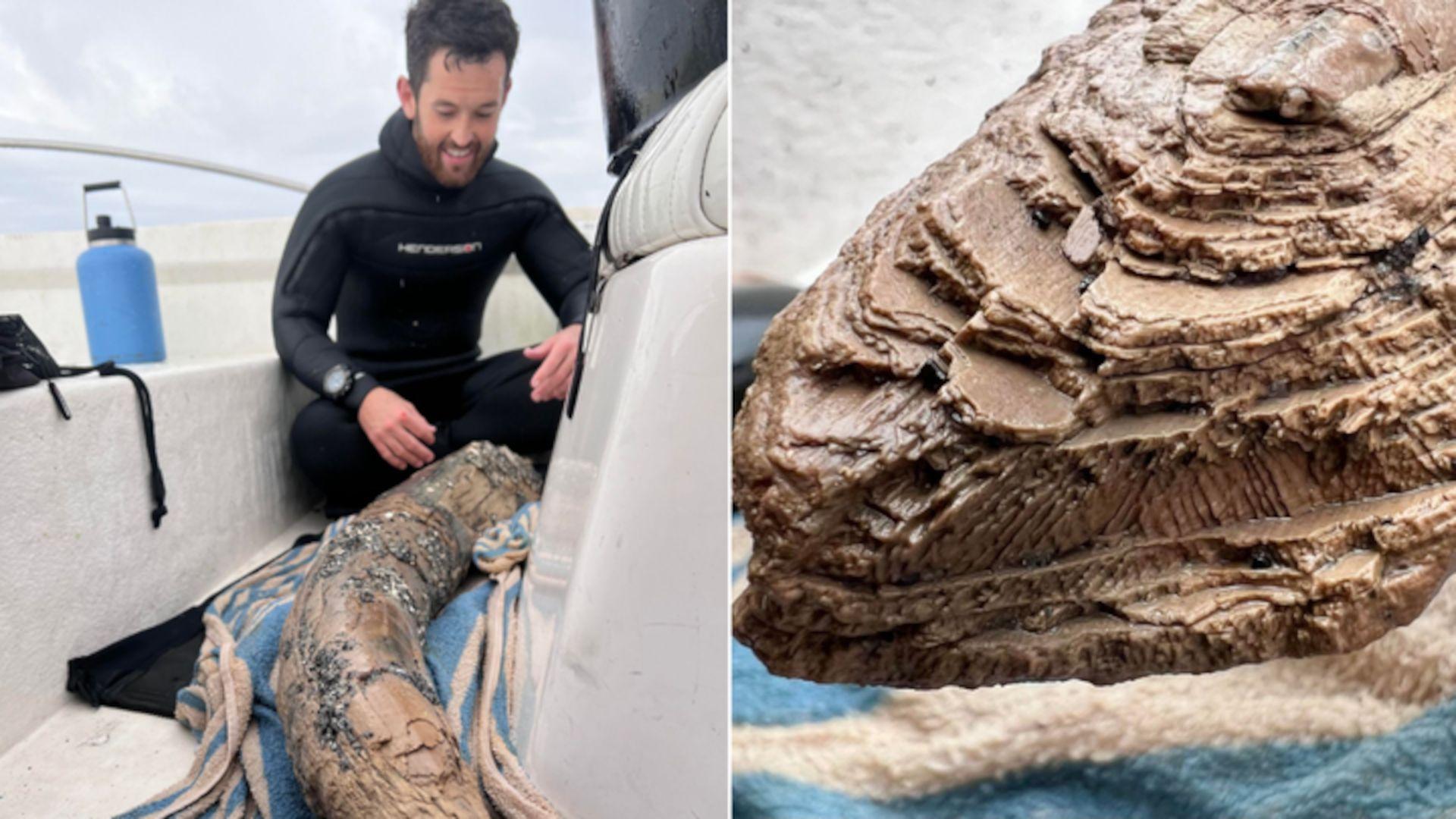
Lundberg has a couple expert tips for other aspiring fossil hunters such as himself.
According to him, in Florida, fossil permits only cost 5 dollars, about the price of a cup of coffee. He also suggests to “get out and explore and keep your head down,” and that fossils can be found “all over the state”.

